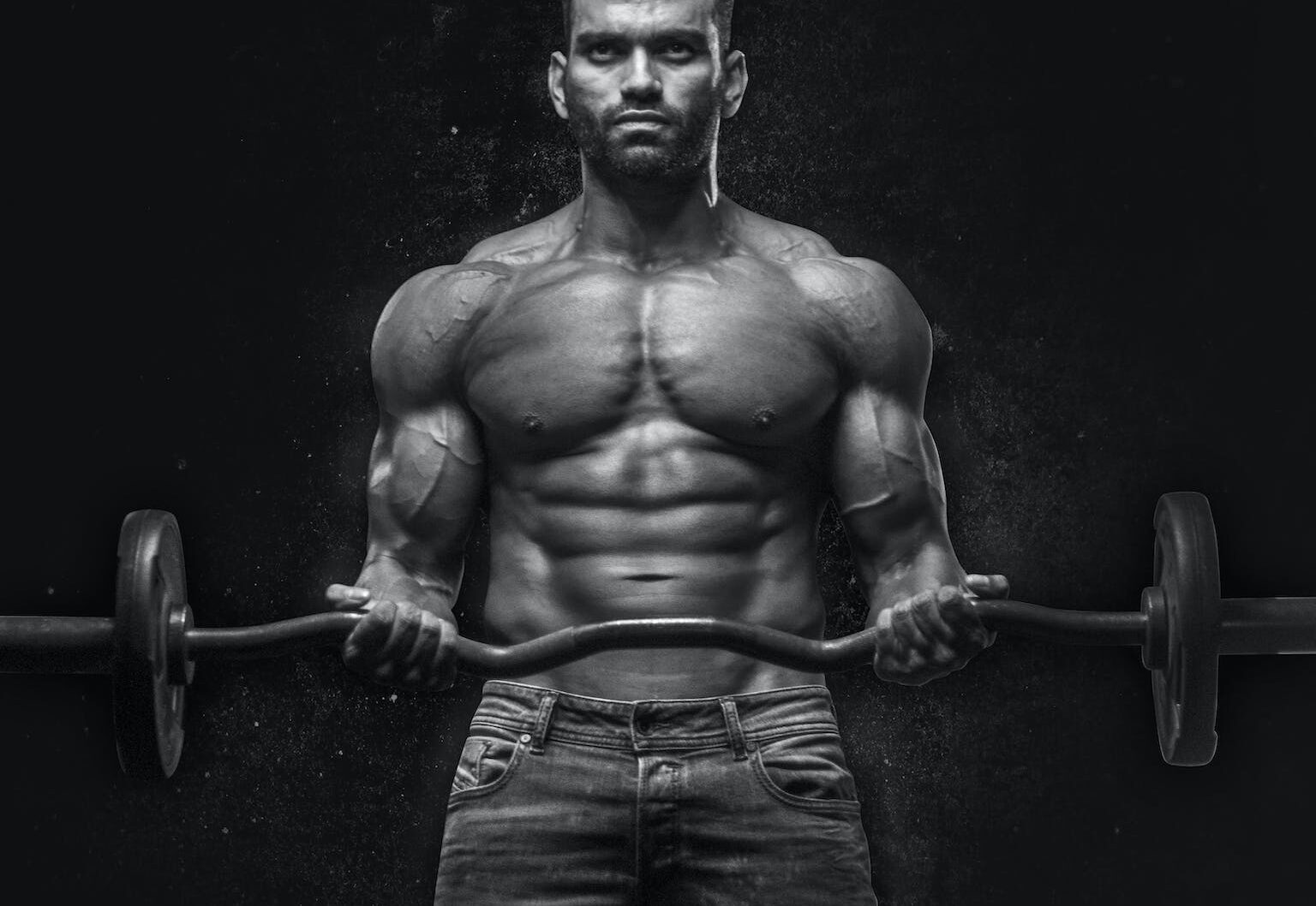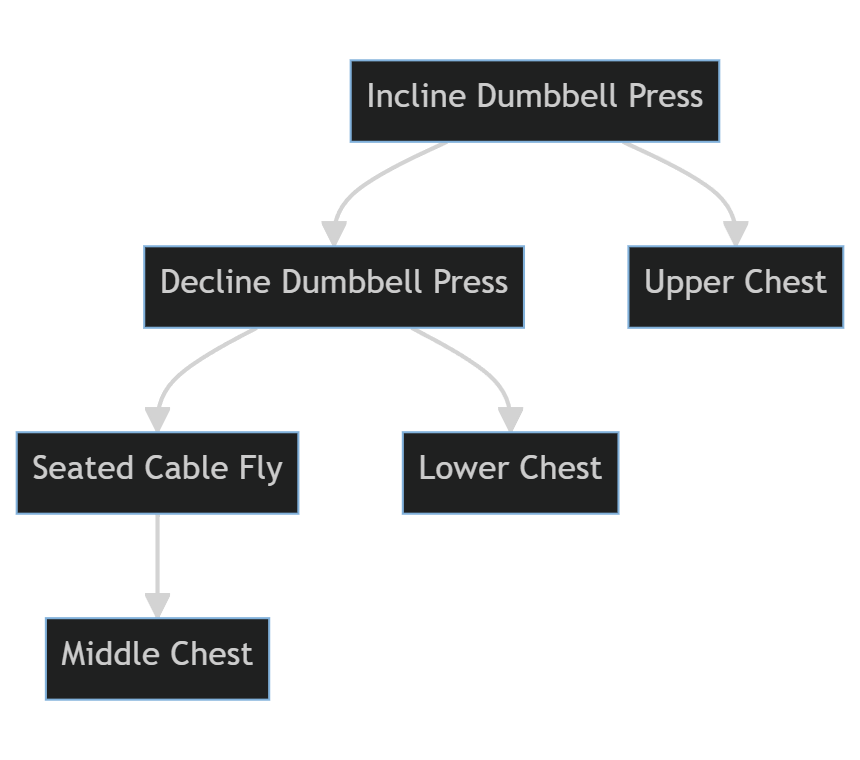
Inclined dumbbell presses and decline presses activate upper and lower chest muscles most effectively.
📝 Introduction
Who doesn’t want a sculpted, muscular chest? But with countless exercises to choose from, it can be hard to know where to start. Should you focus on push-ups, bench presses, or flies? New electromyography (EMG) testing reveals the exercises that best activate each part of the chest for maximum muscle growth.
🎓 Key Findings
- Inclined dumbbell presses (15-30 degree angles) provide the most activation for the upper chest (up to 150% more than flat presses).
- Decline dumbbell presses slightly elevate the lower chest for full activation.
- Seated cable flies target the middle chest optimally (60-70% max activation).
🧠 Why It Works
Inclined presses allow for a fuller range of motion, engaging more upper chest fibers. Decline presses align the resistance direction with lower chest muscles. Cable flies enable constant tension on the mid-chest.
📊 Application & Implications
- Inclined dumbbell presses showed up to 150% more chest activation compared to flat presses for some subjects.
- The pinch press led to high chest activation (80-90% max voluntary contraction) but is not ideal for muscle growth.
- Push-ups activated the mid-chest at 60-70% max voluntary contraction for beginners but dropped to 30-40% for experienced lifters.
- Activating muscle fibers optimally triggers growth.
✋ Limitations
The study had a small sample size of 3 subjects. Individual responses can vary. More research is needed to confirm findings.
🏢 Real-world Examples
Many bodybuilders and fitness influencers have incorporated inclined, decline, and cable fly exercises into their chest routines after noticing up to 40% better muscle growth results.
⚡ Steps to Implement
- Replace general bench presses with inclined & decline dumbbell presses.
- Add seated cable flies to hit the middle chest.
- Experiment with different inclined bench angles to find your “sweet spot.”
- Focus on good form and optimal muscle activation.
🔍 Study Details
- Study type: Electromyography experiments
- Research title & source: EMG Analysis Of Chest Exercises (Unpublished experimental study)\
- Researchers: Jeremy Ethier
Frequently Asked Questions
Q1: How often should I train chest each week for optimal growth?
A: Research suggests training chest 2-3 times per week is ideal for maximizing muscle growth. Ensure you properly warm up and allow for sufficient rest between sessions.
Q2: Could the small sample size of 3 limit this study’s findings?
A: Yes, small sample sizes can sometimes skew results. However, the findings align with prior research and real-world evidence. But further study on a larger scale would provide greater statistical power.
Q3: What’s the best way I can add these exercises to my current workout routine?
A: Aim for 8-10 reps on 3 sets of your key compound exercises (inclined and decline presses) then finish with higher rep isolation moves like cable flies for optimal chest development.

| Exercise | Chest Area Targeted |
|---|---|
| Incline Dumbbell Press | Upper Chest |
| Decline Dumbbell Press | Lower Chest |
| Seated Cable Fly | Middle Chest |
Q4: How do inclined presses better activate the upper chest?
A: The inclined angle allows for shoulder extension and a longer range of motion, targeting the clavicular head of the pecs which make up the upper chest.
Q5: Should I avoid regular flat bench presses then?
A: Not necessarily – flat bench presses can still be useful particularly when focusing on progressing strength. But inclined variations may be better for upper chest hypertrophy.







